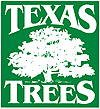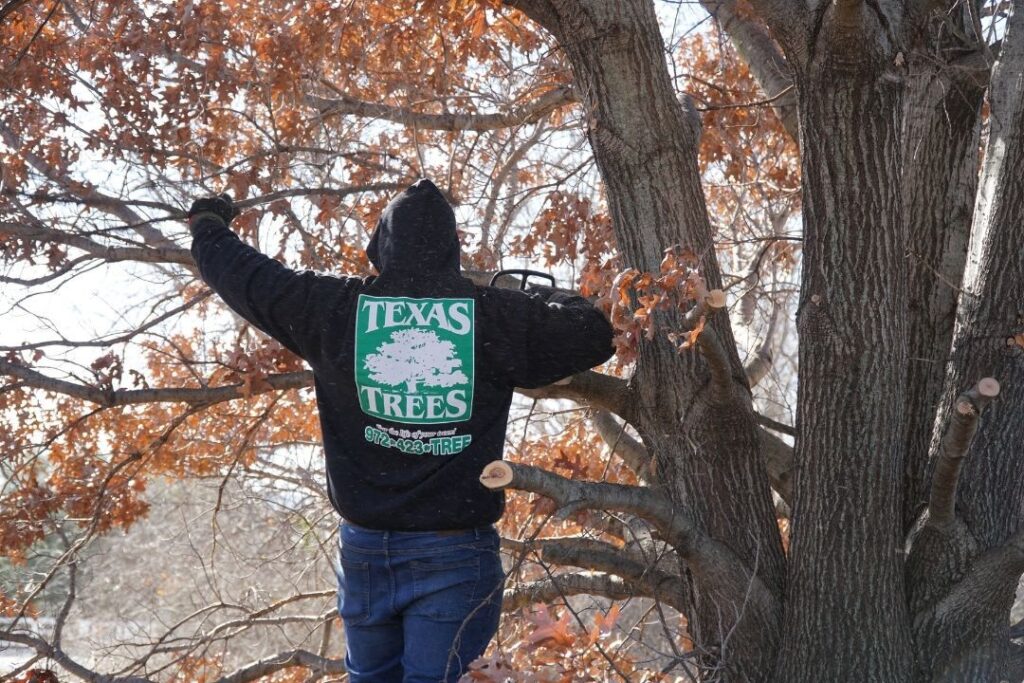Mature trees often are an underappreciated jewel of a house. Large, older trees can reduce utility bills by shading your home from the sun in the summer and shielding it from the wind in the winter. These treasures also capture air pollution and help absorb nearby traffic noise.
Because of these benefits, mature trees can increase your home’s property value by an average of 10%, according to the USDA Forest Service. So take proactive steps to preserve your older trees. By maintaining trees, you can save money and help protect them and your home as these trees age.
Mature Tree Maintenance
Here are five tree maintenance suggestions to help you sustain the health of your old trees. In addition to these tips, getting your trees trimmed regularly will help ensure they thrive as they age.
Protect the Bark
A tree’s bark is armor, and it protects its vulnerable water vessels and growth tissue beneath it. To protect the bark, keep power tools like lawnmowers or string trimmers from striking it. These tools can damage the trunk and invite insects and diseases to cause further harm.
Use Mulch
You can use mulch around your tree’s base to create a buffer zone and protect your tree’s trunk. Distributing an even base of 2 to 3 inches of mulch will also help insulate your tree’s roots, discourage foot traffic near the tree, improve the soil, and reduce weeds.
Beware of Grass
A layer of mulch surrounding your tree will also prevent grass from growing near it. Removing grass near your tree is especially essential for an older tree because this grass will compete with the tree’s roots for much-needed water and nutrients.
Water and Fertilize
Watering your tree, even a mature one, is often necessary, and it’s especially vital during periods of drought when even large trees need extra water to avoid stress. Make sure to water your tree slowly, so the roots can absorb it thoroughly.
You won’t need to fertilize your older tree often, but if its growth slows or develops yellowing foliage, it may be a sign to feed it. A soil test can determine which specific nutrients your tree is lacking.
Get a Professional Inspection
Even if you follow the tips above and treat your mature tree with the care it deserves, there’s a chance something bad still could happen. Trees can develop cracks, disease, rot, or have dead branches that need pruning. That’s why you must have your tree inspected periodically by a licensed and certified arborist.
A professional arborist can spot such problems early and recommend measures to combat them and keep your mature tree healthy and thriving. At North Texas Trees, we have over 32 years of experience as arborists, and each arborist is certified, insured, bonded, and licensed. So when you use North Texas Trees, you can rest assured knowing an expert is providing your tree maintenance services.
If you’re in the Dallas-Fort Worth area and need tree maintenance or any other services a licensed and insured arborist can provide, contact us online or call 972-423-8733.

